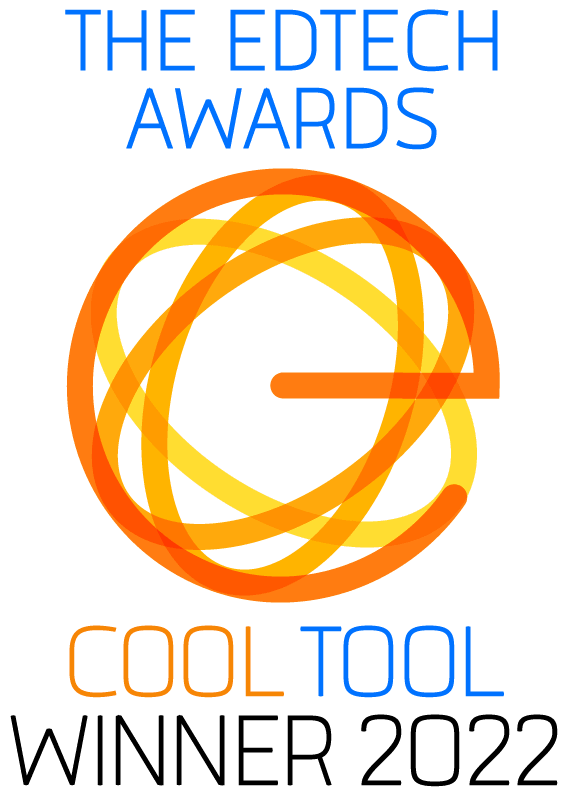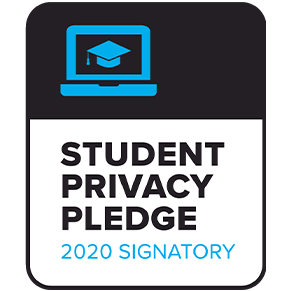Habits of Mind
Horace Mann once observed that “habit is a cable; we weave a thread of it each day, and at last we cannot break it.” During the late 20th century, researchers began to identify characteristics of effective thinking, successful people, and intelligent behavior. Arthur L. Costa and Bena Kallick, in their book, Learning and Leading with Habits of Mind (2008) identified 16 of the attributes humans display when they behave intelligently. Earlier versions of this research suggested there were seven habits of mind, but now, Costa and Kallick are inviting others to identify Habits of Mind they may have overlooked. The core values of The DBQ Project correspond to many habits of mind. See below for details.
| Habit of Mind | The DBQ Project Method |
| Persisting: Stick to it! Persevering in a task through completion; remaining focused; looking for ways to reach your goal when stuck; not giving up. | Reading primary and secondary sources to find an answer to a question is not easy! Finding “answers” requires students to make inferences and find patterns among sources. Writing a DBQ is not easy either. Using sources as evidence can be challenging and deciding how to word an answer to a central question requires imagination. DBQ Project DBQs give students an opportunity to practice persistence. Because the task is challenging and requires many steps, a student can only be successful if he persists. |
| Listening with Understanding and Empathy: Understand others. Devoting mental energy to another person’s thought and ideas; making an effort to perceive another’s point of view and emotions. | With the DBQ Project 6-Step Method, time for students to speak and to listen to one another’s ideas abounds. Students who listen to their classmates, whether they agree or disagree, might gain an insight they would have missed otherwise. Because the final goal of the activity is to write a paper, students who listen with understanding will be rewarded with having more to say. |
| Thinking About Your Thinking (metacognition):Know your knowing! Being aware of your own thoughts, strategies, feelings, and actions, and their effects on others. | Practicing The DBQ Project Method encourages students to recognize that there are strategies to employ when analyzing documents and writing argument essays. Central to this is understanding the difference between evidence and argument. Our Elements of a Proficient Essay Outline helps students identify the characteristics of a good paragraph so they can recognize and discuss strong writing when they see it or do it. |
| Questioning and Posing Problems: How do you know? Having a questioning attitude, knowing what data are needed and developing questioning strategies to produce those data; finding problems to solve. | The DBQ Project takes great care to create strong questions and to support students in learning to answer them thoroughly. All of our questions require an evidence-based response. Central to the activity is deciding which evidence answers the question and how. It builds the questioning habit of mind by modeling a good question and a controlled but systematic way to respond. It also requires students to practice linking evidence to finding a solution to a problem. |
| Thinking and Communicating With Clarity and Precision: Be clear! Striving for accurate communication in both written and oral form; avoiding over-generalizations, distortions, deletions, and exaggerations. | Our objective is to help teachers help students think straight and write clearly. We believe that writing clarifies thinking and that students need practice to become better writers and communicators. We provide teachers with different levels of support so they can differentiate their instruction, but we know all students can and should practice rigorous thinking and writing in their history classes. Learning to use evidence helps students avoid over-generalization, distortion, deletions and exaggerations of fact. Since all students in the class are working with the same pool of evidence, students can challenge each other’s assertions and conclusions and hold one another accountable to avoid sloppy thinking. |
| Creating, Imagining, and Innovating: Try a different way! Generating new and novel ideas, fluency, originality. | Creativity in thinking about history comes from the way in which one sees patterns develop from historical evidence. The DBQ Project’s aim is to demystify the writing process for students to help them communicate the ways in which they see historical patterns emerge from a variety of sources. Instead of encouraging students to memorize what happened in the past, we ask them to look at evidence in the documents, then generate the argument in and the story themselves. |
| Taking Responsible Risks: Venture Out! Being adventuresome; living on the edge of your competence; trying new things constantly. | Writing a historical argument and asserting a firm point of view seems like risky business for many students. Students often fear writing because they feel insecure about how to do it. The DBQ Project provides plenty of structure at two different levels to help make the scary process of writing less scary. By clarifying the requirements and using our method for analyzing sources, developing an argument, and writing an analytical paper, we help students take the risk to become more competent writers. |
| Thinking Interdependently: Work Together! Being able to work with and learn from others in reciprocal situations; working in teams. | The DBQ Project Method includes many opportunities for students to collaborate in pairs, work in small groups, and hold whole class discussions. Whether students are exploring new ideas while doing the hook exercise, discussing the possible structure for their paper, or analyzing documents, they interact and work together. In fact, all 6 Steps of our DBQ Project Method encourage students to work as a team. |
| Managing Impulsivity: Take Your Time! Thinking before acting; remaining calm, thoughtful and deliberative. | Doing a DBQ Project unit provides students with an opportunity to practice the art of deliberation. Because the activity requires in-depth study, a student who is in a rush cannot be successful. Our 6 steps, often requiring collaboration, make impulsive students slow down. |
| Thinking Flexibly: Look at it another way! Being able to change perspectives, generate alternatives, consider options. | Most DBQ Project documents based questions promote controversy. Reading and using multiple sources to answer a question infuses each lesson with multiple perspectives and pushes students to think flexibly. Since students are discussing documents and the ways in which they might answer a broad historical question, they must weigh options and acknowledge various perspectives before arriving at their own. |
| Striving for Accuracy: Check it Again! Always doing your best; setting high standards; checking and finding ways to improve constantly. | Although The DBQ Project lessons encourage student creativity and original thinking, making up facts or ignoring them is not an option. Students are entitled to their own opinion but not their own facts. |
| Applying Past Knowledge to New Situations: Use what you learn! Accessing prior knowledge; transferring knowledge beyond the situation in which it was learned. | Writing a DBQ requires students to apply their knowledge. The hook exercise is designed to access prior knowledge to get students interested in the question. “Pre-bucketing” requires students to predict ways in which they might answer the question based on prior knowledge and structure of the question. Finding patterns among the documents, and then writing about those patterns, requires students to link their new evidence to their past knowledge. |
| Gathering Data Through All Senses: Use Your Natural Pathways! Paying attention to the world around you; gathering data through taste, touch, smell, hearing and sight. | The DBQ Project units do not explicitly bring students’ sense of smell, taste, or touch into the classroom, although we do try to choose a variety of documents that implicitly conjure up these senses as well as the dominant senses of seeing and hearing. In the question “What Drove the Sugar Trade?”one visual and one text based document demonstrate how enticing the taste of sugar was for people during the seventeenth century. Although students are reading with their eyes, their senses of touch, smell and sound and taste come into play as they consider the question at hand. |
| Responding with Wonderment and Awe: Have fun figuring it out! Finding the world awesome and mysterious; being intrigued with phenomena and beauty. | DBQ Project DBQs are built with the inquiry method in mind and answers to questions unfold over several days. History is not something that descended from the heavens for all to memorize; it is a constructed narrative of the past about which scholars disagree. Inviting students into the world of “doing history” allows them to sense the mystery of the past. While some solutions are better than others because they can be supported with evidence, students need to appreciate the difficulty and challenge of discovering what happened in the past. |
| Finding Humor: Laugh a little! Finding the whimsical, incongruous, and unexpected; being able to laugh at yourself. | Teaching with The DBQ Project materials is often fun. Each step in the process is meant to engage and push students at the same time. Students love to argue and debate. Controversy in answering questions is handled in a “Thrash Out” in which students verbalize their ideas debate-style. Even the writing process becomes a process instead of an intense moment of judgment allowing students to see their strengths and weaknesses with good will and humor. |
| Remaining Open to Continuous Learning: I have so much more to learn! Having humility and pride when admitting you don’t know; resisting complacency. | Students whose education focuses on questions rather than answers learn to continue to learn. The DBQ Project DBQs offer students a way to practice answering open-ended questions but the experience is controlled. Once students begin to own the investigative process, their mindset about learning will be infected. They are now driving the inquiry. We often say that doing a DBQ well is great preparation for college, graduate school, and an increasingly complex workplace. We are only half joking when we say that life is a DBQ. |
Back to Best Practice Alignment


